Reno, Nevada, is known for its unique architectural blend that reflects its history, growth, and distinct characteristics. Here’s a brief description of the architecture in Reno:
- Historic Architecture: Reno has preserved several historic buildings that showcase its architectural heritage. The Virginia Street corridor, often referred to as the “Biggest Little City in the World,” is lined with historical structures that harken back to the city’s early 20th-century boom years. These buildings include the Riverside Hotel, the Mapes Hotel, and the Pioneer Theater, displaying architectural styles like Art Deco and Beaux-Arts.
- Casino Resorts: Reno is renowned for its numerous casino resorts that dominate the city’s skyline. These modern buildings feature a mix of architectural styles, with a heavy emphasis on neon signage, bright lights, and an overall aesthetic aimed at attracting visitors.
- Mid-Century Modern: Reno has its share of mid-century modern architecture, which gained prominence in the 1950s and 1960s. This style often incorporates clean lines, large windows, and an integration with the natural surroundings. Some mid-century modern gems can be found in residential neighborhoods.
- Contemporary Architecture: In recent years, Reno has seen a rise in contemporary architectural designs, particularly in new commercial and residential developments. These buildings often feature sleek, minimalist designs, energy-efficient elements, and a focus on sustainable materials and practices.
- University of Nevada, Reno: The university campus is home to a variety of architectural styles. The older sections of the campus showcase neoclassical and Romanesque Revival styles, while newer additions often feature modern and functional designs.
- Residential Architecture: Residential neighborhoods in Reno consist of various architectural styles, from traditional ranch-style homes to more modern, custom-built houses. The city’s housing architecture is diverse, catering to a wide range of tastes and preferences.
- Industrial Buildings: Reno’s industrial areas feature utilitarian architecture, with warehouses and manufacturing facilities dominating these regions. The focus here is on functionality and practicality.
- Public Buildings: The city also has several public buildings, including the City Hall and the Washoe County Courthouse, which combine both historic and modern architectural elements. These structures serve as symbols of civic pride and governmental functionality.
- Sustainable Design: Reno, like many cities in the Western United States, has become increasingly conscious of sustainability in architecture. Many newer buildings incorporate green building practices, such as solar panels and energy-efficient materials, to reduce their environmental impact.
- High-Rise Buildings: While not as prominent as cities like Las Vegas, Reno does have a few high-rise buildings, often associated with the casino-resort complexes, offering impressive city views.
Reno’s architecture is a reflection of its evolution from a small mining town to a thriving city with a diverse range of styles and structures. The city continues to grow and adapt, so its architectural landscape is subject to change over time, incorporating both its historical heritage and modern influences.

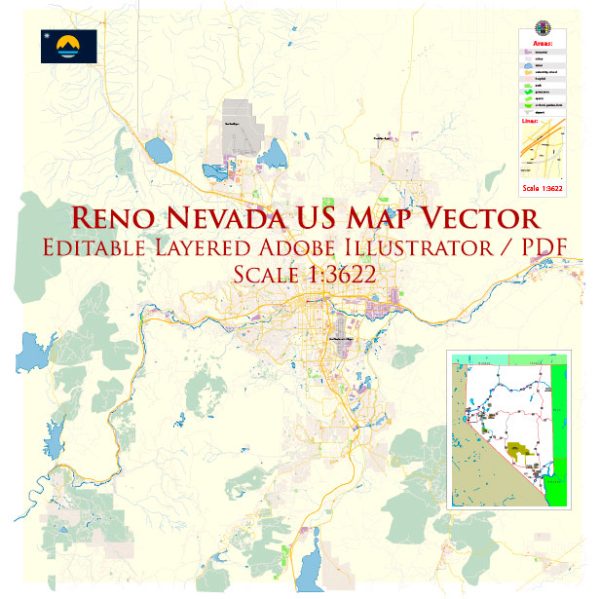
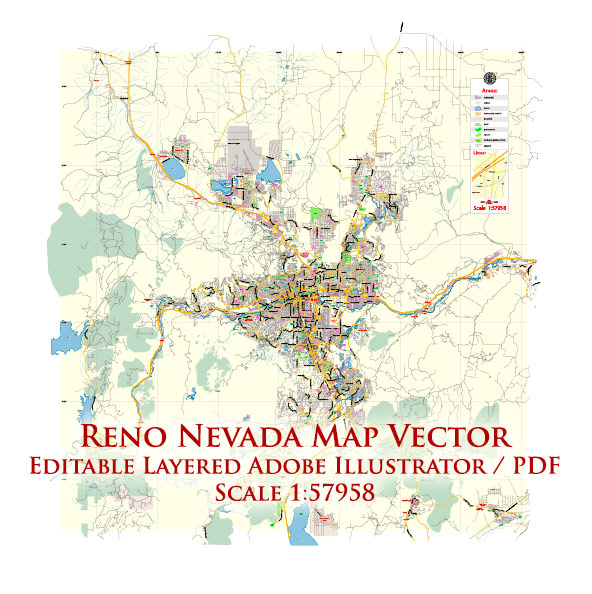
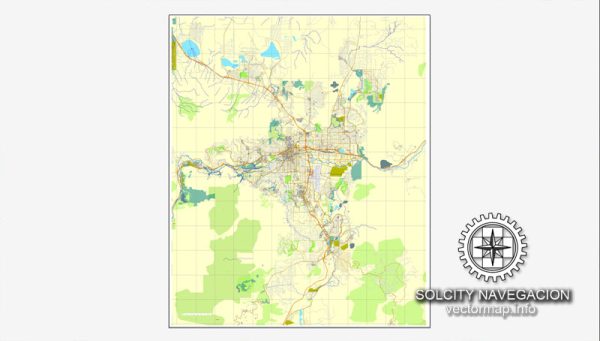
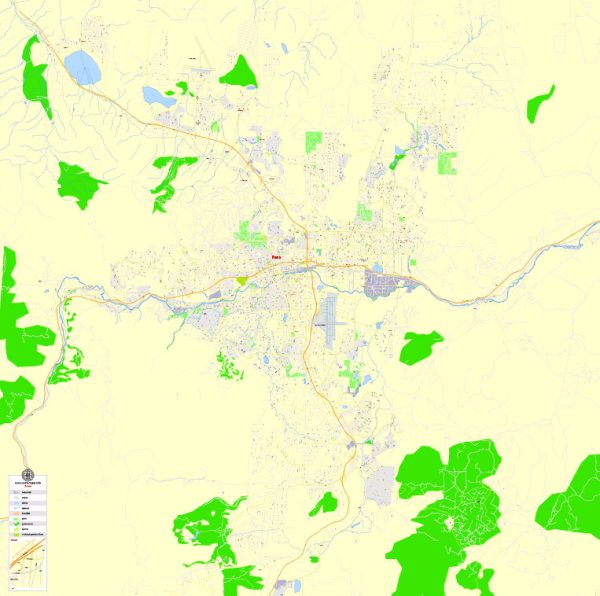
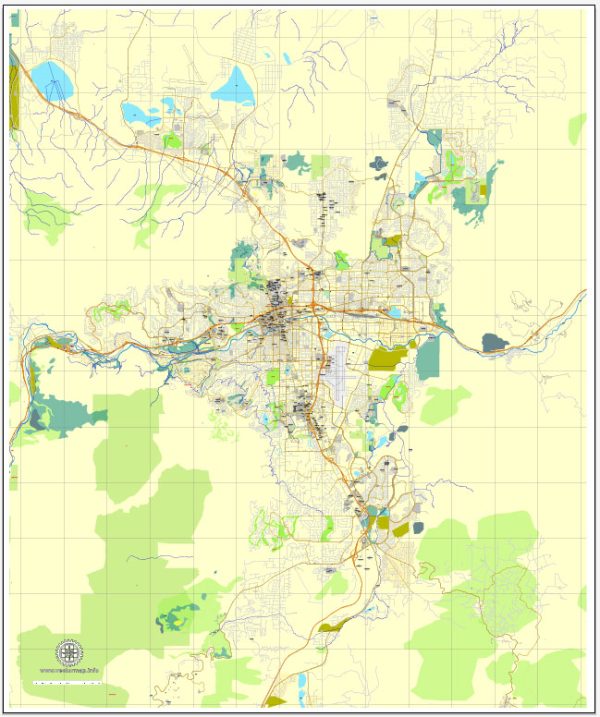
 Author: Kirill Shrayber, Ph.D.
Author: Kirill Shrayber, Ph.D.